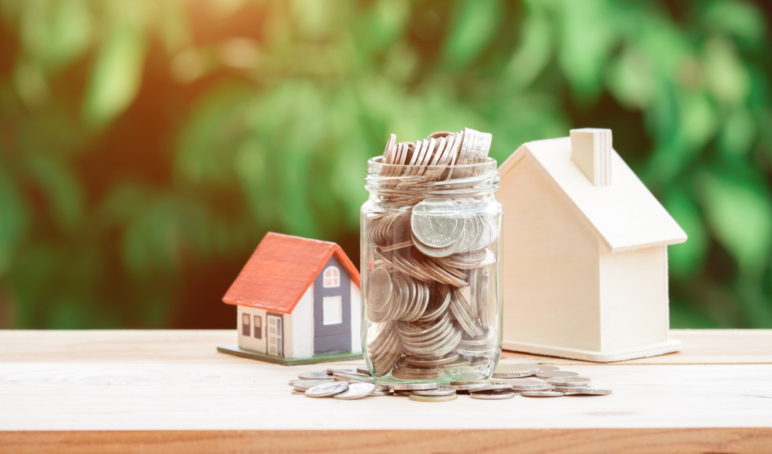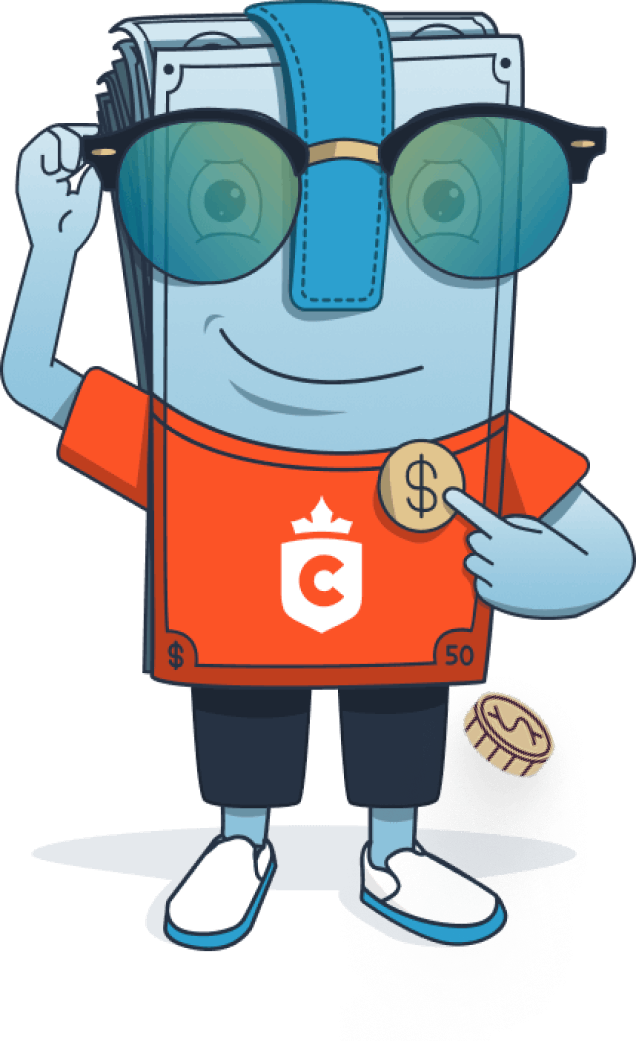

So, you want to buy a home? Exciting! While finding the perfect house in the ideal school zone with room to grow is important, finding the money to make your down-payment and cover unexpected costs and necessary renovations is the priority. The worst thing you can do is sign up for high-interest debts with the mindset of dealing with the financial realities later. Here are four easy steps to save for a house!
STEP 1 – TALLY IT UP
There are a few calculations you need to make before starting to save up for your home. The sooner you sit down and figure out the bottom line, the sooner you can get to work on bringing your new home to life.
- Your total income. Knowing exactly how much you bring in each month and when will help you set up a realistic savings plan, as well as be able to gauge what kind of a mortgage you will be able to afford.
- Approximate mortgage. Budget your finances and set a cap on how much mortgage you can afford per month. This will help you figure out your budget for buying a home and, in turn, how much you will need to save. Don’t forget to leave room for the many additional monthly expenses that come with owning a home. You won’t want to spread your income too thin.
- Your down payment. In Canada, a first-time homebuyer must have a down payment of at least 5% for any home valued at $550 000 or less. If your home is valued between $550 000 and 1 million, you will be required to put down a 10% deposit.
- Closing costs. In addition to your down payment, you will also need to save for the closing costs that come with finalizing a mortgage. This includes things like inspection fees, welcome tax, notary fees, and so on. Closing costs usually fall between 1.5 – 4% of the total purchase price of your home.
STEP 2 – MAKE A TIMELINE
There are a few calculations you need to make before starting to save up for your home. The sooner you sit down and figure out the bottom line, the sooner you get your house.
- Monthly saving. Once you’ve worked out what you make and need to save, it’s time to see how much you can afford to set aside every month. The first step is to create a realistic budget. If you have a lot of debt, you will want to prioritize paying it off, putting saving second. Debt won’t just continue to accrue interest, but it can also damage your credit score, making your goal of owning a house more than a little complicated.
- Reassess. Make it a habit to reassess your financial situation every three months or so. Even if you have only been able to put aside smaller amounts of savings each month, they add up over time. If you have been paying off your debt, seeing that total decrease over time can be encouraging. As your debt goes down, you can increase the monthly amount you put into saving for a home.
- Set targets. Set goals for you to reach as both an incentive and a realistic timeline for owning a home. Slow and steady wins the race. For example, use Nerd Wallet’s down payment calculator. Figure out how long it will take to save that amount and set a target date for each third. Don’t forget to celebrate your achievements, big or small!
STEP 3 – GET SAVING
You’ve got the numbers; you’ve got your timeline; now it’s time to get saving! Here are a few ways to make the most of what you put aside.
- Where to save. Where you put your savings can definitely affect the process. For example, a simple savings account will do just fine as a place to keep your hard-earned savings, but it won’t help you earn interest. Instead, try selecting one of the following that won’t just keep your money safe but help it grow!
- TFSA | A Tax-Free Savings Account is perfect for investing up to $6000 a year. Not only do you earn a higher interest rate than a standard savings account, but it’s also exempt from taxes while in the account.
- GIC | You can also opt for a Guaranteed Investment Certificate. A GIC is basically an arrangement where you loan a financial institution an amount of money for a set period of time. In return, they offer you a generous interest rate. At the end of the agreed time frame, the money is yours.
- HBP/RRSP | The Home Buyers Plan allows a first-time homebuyer to borrow up to $35 000 of their RRSP (Registered Retirement Savings Plan) investment towards their first home. The $35 000 is per person; therefore, if a couple has the means, they can use $70 000 towards their home. You have 15 years to repay the amount to your RRSP, starting the second year you are in your home.
STEP 4 – LIVE WITH YOUR GOAL IN MIND
You don’t need to limit yourself to bread and water while saving for a home, but you can make small adjustments that will help you achieve your goal sooner.
- Cut back. You don’t need to completely eliminate the small pleasures you enjoy from your life, but you can reduce the frequency for a significant impact. For example, rather than eat out 2-3 times a week, reduce it to once a week. Add the money you’re saving to your down payment fund. You can do the same for morning coffees, buying lunches, going to the movies, etc. You can also cut back on your monthly subscriptions, alternating one streaming network a month and cancelling those you no longer use. Make owning your own home your focus, opting to put any money you would typically spend on new clothes, big trips, etc., away for the down payment.
- Rethink regular expenses. Consider downgrading your phone plan, cable or satellite bill and so on. Can you sell your second car and rely on just one for the time being? You would be able to put that money towards your down payment, as well as cut expenses like registration, gas and repairs by half. Putting aside these little luxuries for a few years can speed up your savings process significantly.
- Additional income. Look for creative ways to earn more money. Every dollar counts when you are saving for a house.
- Purge | Purge your belongings of anything that you no longer want or use. Put them on a community sales page, putting aside the money you make.
- Odd Jobs | We are living in a time of odd jobs; we’re not talking paper routes or painting fences (although if that’s in your wheelhouse, go for it!), but instead services you can provide on your time off. Think Uber or Uber Eats and the like. If you have any talents or hobbies (language skills, playing an instrument, art, etc.) that could be taught, you can monetize them.
- Change Jar | If you’ve never set up a change jar, you’re in for a treat. Even in an age where we use our phones rather than cash for purchases, you’d be surprised at how much change hangs out in pockets and purses. Put a change jar in your entrance and empty out your pockets when you come in. It doesn’t take long to hit $100.
- Cash Back Cards | If you are responsible with credit, use your cashback rewards card for purchases like groceries, gas, and other daily purchases. Make sure to pay off your balance regularly so as not to lose your earned cashback by having to pay interest.
No matter your current financial situation, you can achieve your dream of owning your first home. Take the time to organize your finances, calculate what you can afford and establish a timeline in which to save for your house. Take the above suggestions and apply them to speed up the process of saving for a down payment. If you are facing an unexpected cost, don’t let that slow you down. Consider a small, online loan from Credito to stay on track! Credito is a Canadian company dedicated to hardworking people and passionate about helping them achieve their goals.





